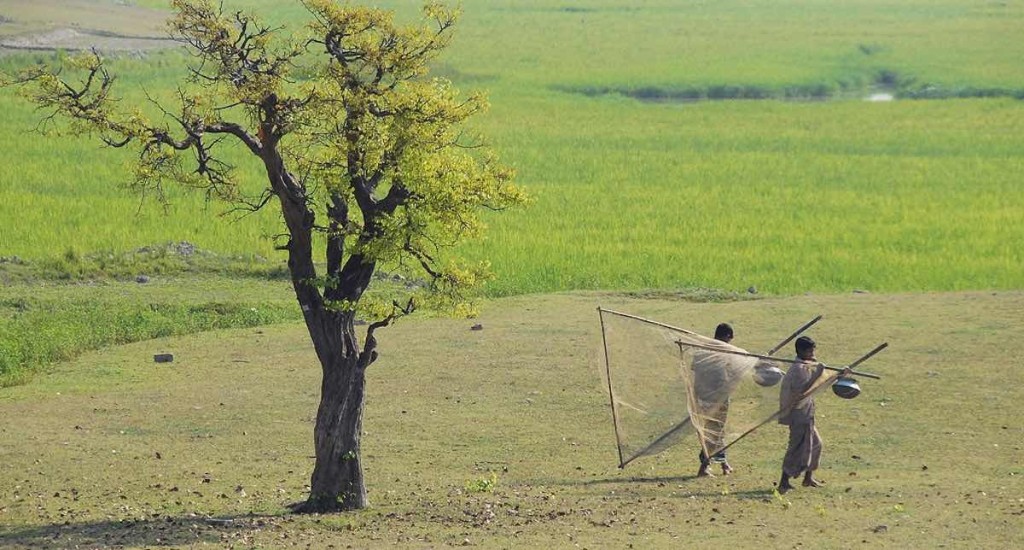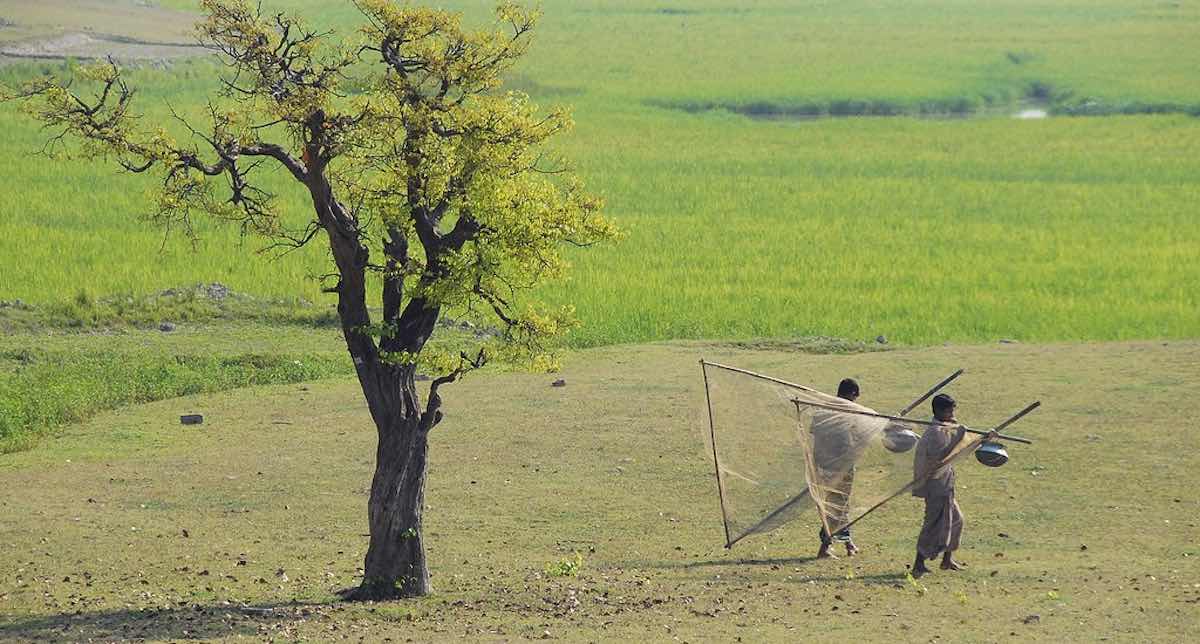
Over the last 40 years, small-holder farmers in Bangladesh have, using very simple methods, turned the dry Bengal Basin into one of the richest croplands on Earth where two to three rice harvests can be had per year.
They created a climate-resilient water system dubbed “The Bengal Water Machine” that has kept an underground reservoir topped up, even through extensive mechanized irrigation, by accumulating seasonal monsoon rains totaling a volume of 75 to 90 cubic kilometers of water.
That’s equivalent to half of Italy’s Lake Como, to between 5 and 6-times the volume of Lake Windermere in England, one-sixth of the volume of Lake Erie, double the volume of the Three Gorges Dam in China, triple the volume of the Hoover dam reservoir of Lake Mead, or if you’d prefer the figure in gallons, 23,775,484,712,233.00 (23.7 trillion).
This was found in a recent study, awaiting peer-review, that took one million water measurements from 465 separate wells between 1998 and 2018.
Compiled by Mohammad Shamsudduha, a data analyst and researcher at the Institute for Risk and Disaster Reduction, University College London, it shows that humanity doesn’t necessarily need expensive science-fiction technology to ensure that cropland can remain irrigated if climate change corresponds to more intense droughts in the future.
That’s because The Bengal Water Machine is made up of nothing more than regular old wells dug less than 300 feet down, which increase the capture of the May-October Monsoon rains and prevent them from draining into the Bay of Bengal.
SIMILAR: Farmer Thrives by Growing Gluten-free Grain Needing No Water During Drought
During the November to April dry season, 16 million small-landholder farmers pump water up from the reservoir under the Bengal Basin to irrigate their rice—which they produce in such numbers they have become the world’s fourth-largest producers of the stuff, leading the nation to be completely grain independent.
“In order to benefit from the operation of the Bengal Water Machine, we recommend identifying the potential areas where further freshwater capture is possible under current and projected changes in monsoon rainfall and irrigation demand,” Shamsudduha told SciDev.Net. “Continuous monitoring of groundwater levels and abstraction can ensure the sustainability of the Bengal Water Machine”.
Other researchers have looked at the results and reasoned that similar nature-based solutions could be well-suited to other areas like the Mekong Delta, or the delta of China’s Huang He river, which has already proven to be vulnerable to the effects of climate change.
SHARE This Inspiring Human-Powered Progress With Your Friends…




















